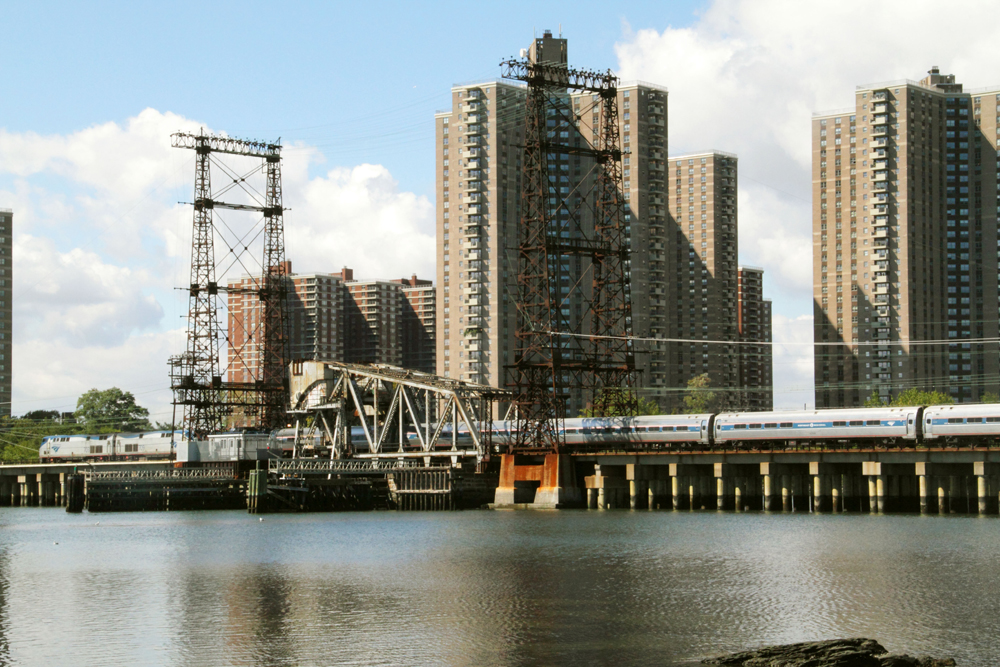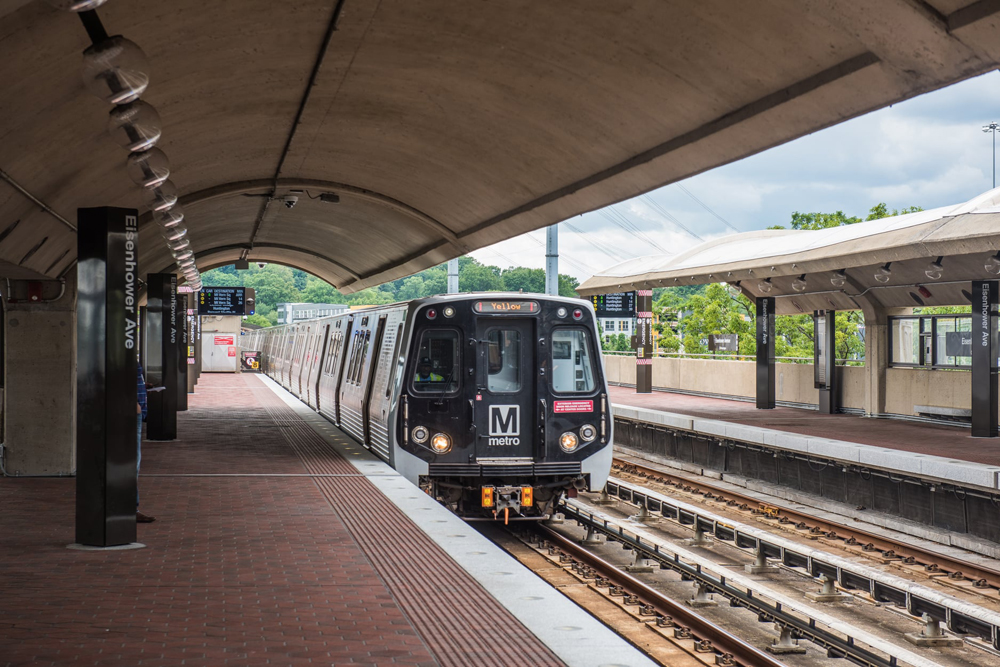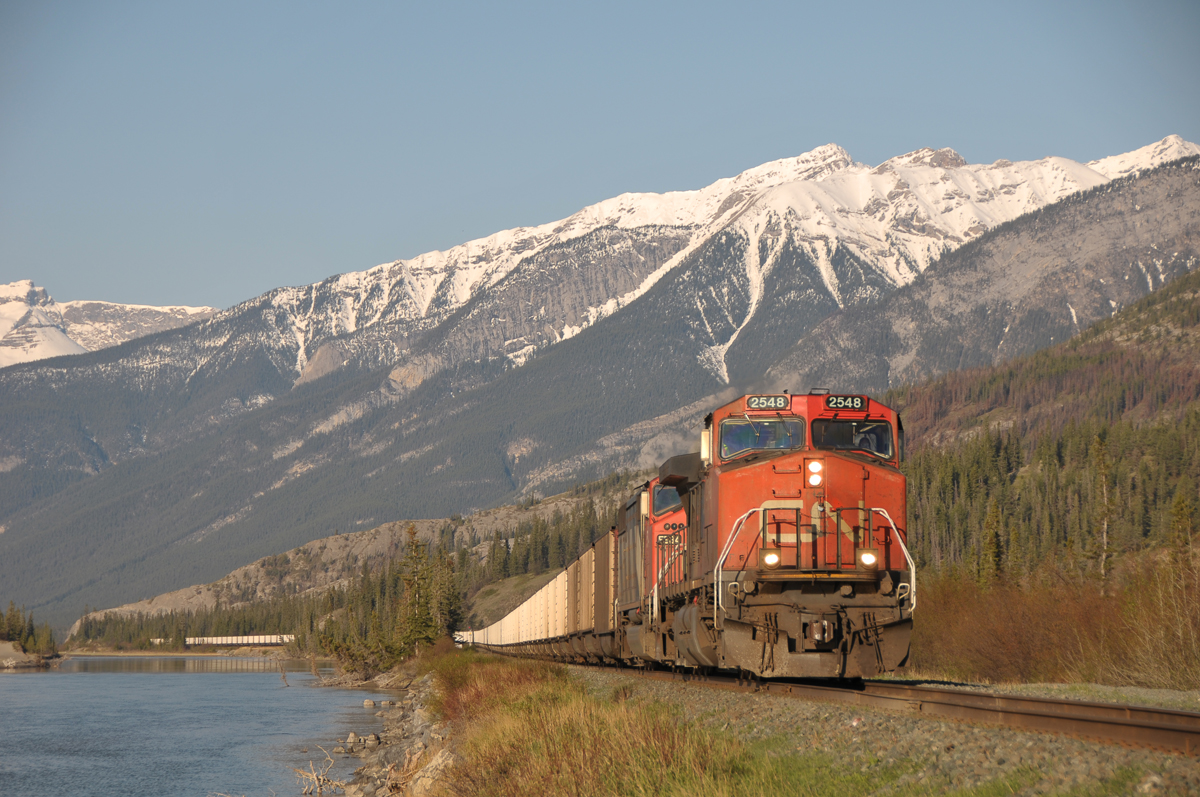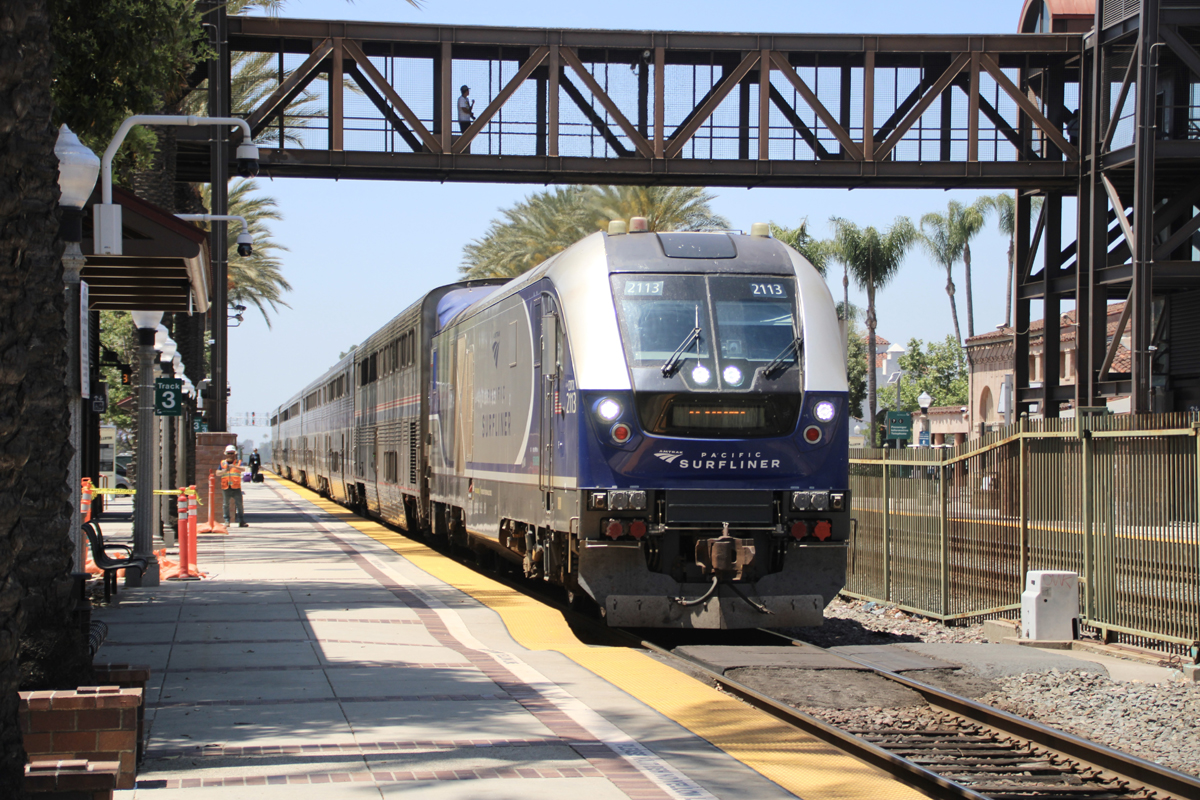
WASHINGTON — A record U.S. Department of Transportation investment to modernize bridges will keep public transit and railroads moving, as the launch of the Federal Highway Administration’s bridge program invests more than $27 billion to repair 15,000 bridges nationwide.
The Bipartisan Infrastructure Law, also known as the Infrastructure Investment and Jobs act, includes an incentive for states to direct new Bridge Formula Program funds to bridges owned by a county, city, town or other local agency. While states generally must match federal funding with up to 20% state or local funding, federal funds can be used for 100% of the cost of repairing or rehabilitating such locally owned off-system bridges.
States with a high number of deficient bridges include New York with 1,702 and North Carolina with 1,460.
U.S. Transportation Secretary Pete Buttigieg said in a press release that the program represents “the single largest dedicated bridge investment since the construction of the Interstate highway system. Modernizing America’s bridges will help improve safety, support economic growth, and make people’s lives better in every part of the country – across rural, suburban, urban, and tribal communities.”
“This record amount of funding, made possible by the Bipartisan Infrastructure Law, will allow states and Tribal governments to fix the bridges most in need of repair,” Deputy Federal Highway Administrator Stephanie Pollack said the funding will allow goverments to “fix the bridges most in need of repair. … of climate change and to make them safer for all users, including cyclists and pedestrians. Every state has bridges in poor condition and in need of repair, including bridges with weight restrictions that may force lengthy detours for travelers, school buses, first responders or trucks carrying freight.”
Transportation Workers Union President John Samuelsen hailed the launch of the bridge program, saying in a statement, “We have gone far too long in this country without adequate investments to repair and modernize our nation’s transportation infrastructure, and it has taken a real toll on transportation workers and passengers alike. … This desperately needed investment will fix thousands of bridges across the country and make an immediate impact in the lives of our members.”
A state-by-state list of bridge projects is available at this page on the Federal Highway Administration website.














That linked “list” only lists total money per state. I was looking for a list of projects to see which Known Locations Needing Work were listed–no such luck! I have learned that The Gateway Project includes a lot more than just the ex-PRR line to Penn Station—that is why such a huge amount of money is being spent. The legislation also included statutory language defining “gender identification” as a “protected class” meaning all federal judges and other government bodies MUST follow “gender identification” and it is a Federal civil rights crime to call Kaitlyn Jenner a “he”.
I am confident that the nearly 100% of the bridges that are the subject of this article are highway bridges. Not that the bill doesn’t include aspects that will fund railroad bridge replacement, but the FHWA portion of the funding is unlikely to be earmarked for rail only projects.
Whilst I think this is great news, I need to reiterate my previous comments.
Having worked in the government sector since 1986, I suggest you keep breathing. Holding your breath for any of this money for local projects may not be good for your health. First off, most, if not all, of the money is already earmarked for specific projects to key congressional districts supporting the bill; pork if you will. And second, grant programs are a facade to give the appearance of “fairness and equity.” To implement the grant programs, every government agency that even remotely touches the money, will take a cut of the funds, usually 10 percent.
And finally, the “infrastructure” bill contain so much other non-infrastructure “stuff,” that true infrastructure, roads, bridges, railroads, etc. is a mere fraction of the total $1.75 trillion package.
Thank you for the link to the funding by state web page. Is there a further link to the list of specific projects by state? If not could the editors clarify the last paragraph.
You can see from the photo the potential ridership of the Co-Op City station stop on the proposed commuter service via the Hell Gate Bridge into Penn Station.
Agreed Charles that Penn Station Access, as that initiative is titled, will be an excellent addition to Metro North’s “portfolio”. In order to make that happen Bay Draw must be replaced. We can only hope it is included in the list of bridges targeted in the new FHWA program. You may or may not know that replacement of PBD with 100% New York State funding was a condition for Amtrak to to sign on to the PSA initiative. Then Gov. Andrew Cuomo, whose only interest in bridge replacements was mostly limited to road bridges like the Tappan Zee/I-87, was able to strike a deal with Amtrak by early 2019 whereby PBD replacement was to be put off for at least a decade. Have a read of what appeared at Railway Age. Gotta luv the title “An East Bronx Tale”. Almost as good as “The Handmaid’s Tale”.
https://www.railwayage.com/passenger/commuterregional/for-mta-amtrak-an-east-bronx-tale/?RAchannel=home
If I recall the title correctly ” A Bronx Tale” was a movie starring Robert de Niro, was set in an Italian-American neighborhood in the western Bronx.
There’s a whole lot more to Bronx than the South Bronx slums that horrified President Ronald Reagan. Actually Bronx has many middle class neighborhoods including City Island, Riverdale, Throgs Neck, Marble Hill, Co-Op City (see photo) and others. The only family members I ever had in New York State lived in west Bronx. My most recent visit to anywhere in New York State was to Throgs Neck, east Bronx.
Well Charles, thank you for educating me on what cultural/educational work the Railway Age writer was really alluding to. Don’t think I ever knew of that movie. Living in semi-rural Berkshire County I don’t get out much, LOL.
First movie (1993) directed by Robert de Niro, who also starred in it. Like you, Mark, I never heard of it except that a friend had it on videotape in her collection.